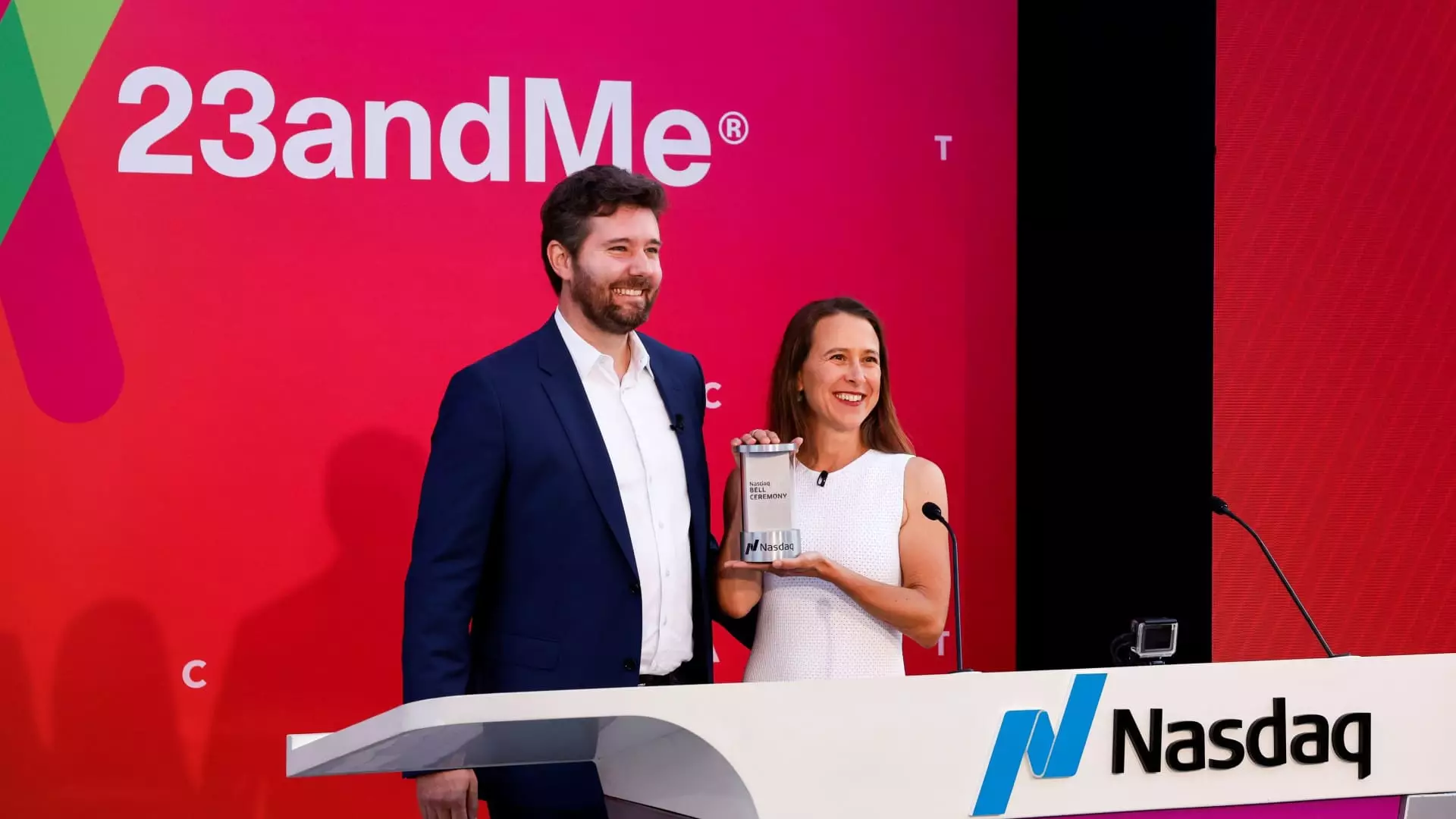Founded in 2006, 23andMe emerged with the ambitious vision of democratizing access to genetic testing. By offering direct-to-consumer tests, the company took a bold stance against the exclusivity that had long defined the genetic analysis market. With substantial backing from high-profile investors and endorsements from celebrities, 23andMe positioned itself as a leader in a burgeoning industry. Initial enthusiasm and innovative marketing strategies helped the company capture attention, attracting a diverse customer base eager to explore their genetic data.
23andMe’s core offering included affordable testing kits that provided consumers with insights into their ancestry and genetic predispositions. This user-centric approach resonated with individuals seeking more personalized healthcare solutions. The company differentiated itself from competitors like Ancestry.com by not only focusing on ancestry data but also setting its sights on the pharmaceutical landscape; it aimed to leverage its growing database for drug discovery, a mission intended to elevate its standing in the market.
The company went public in 2021, reaching a valuation of approximately $3.5 billion. Anne Wojcicki, the CEO and co-founder, embraced the public platform to promote ambitious goals in drug research and therapeutics. She confidently articulated her vision, exclaiming that the company was on the brink of “exploding,” as opportunities loomed in both the therapeutic and consumer sectors. At that time, the prospects appeared exceedingly bright, promising advances that could potentially reshape healthcare.
However, the optimism belied underlying challenges that were soon to surface. As the economic landscape shifted, rising interest rates began to impact funding availability, leading to decreased sales and growing financial pressures on the company. Despite these obstacles, Wojcicki attempted to reposition the company’s revenue model by introducing a premium subscription service in 2020, hoping to stabilize the business amid dwindling sales. Unfortunately, this strategy did not yield the anticipated results.
The financial condition of 23andMe worsened dramatically, culminating in a staggering $312 million net loss in the 2023 fiscal year. By September 2023, the company’s stock price plunged below the critical threshold of $1, prompting urgent actions to avert delisting from the Nasdaq. The situation turned increasingly dire as shareholders fled and confidence waned, raising questions about the company’s long-term viability.
The pressures on the company were not solely financial. The erosion of trust in 23andMe’s management, particularly in relation to its strategic decisions, came to a head when independent board members resigned en masse. Their frustrations were rooted in significant disagreements with Wojcicki regarding the company’s future direction. The absence of a stable board raised alarms about the company’s governance, casting further doubt on its operations.
Adding to the turmoil, 23andMe faced critical scrutiny over its customer data handling. In October 2023, a significant cybersecurity breach exposed the personal information of nearly 7 million customers, igniting a firestorm of privacy concerns. With consumer trust already fragile due to financial instability, this incident sent shockwaves through the market, further deteriorating 23andMe’s reputation.
Questions regarding the security and ethical management of genetic data became paramount as customers pondered the implications of such breaches. Wojcicki’s previous reassurances about customer privacy fell flat as doubts loomed over the company’s commitment to safeguarding sensitive information. This incident starkly illuminated the vulnerabilities associated with the direct-to-consumer genetic testing model, highlighting potential risks to personal data.
As 23andMe approached a crucial deadline in November 2023, it faced the dual challenge of maintaining its stock price above $1 and reforming its board of directors to retain its Nasdaq listing. The looming threat of delisting marked a watershed moment for the company, necessitating decisive leadership and strategic clarity.
In an environment fraught with uncertainty, 23andMe’s trajectory serves as a reminder of the volatility inherent in innovative sectors. The convergence of technological ambition, financial pressures, and ethical considerations showcases the complex landscape that companies like 23andMe must navigate. As the saga unfolds, the lessons from 23andMe’s journey will resonate within the broader context of the genetic testing and biotechnology industries, influencing future players and shaping the evolution of consumer genetics.

